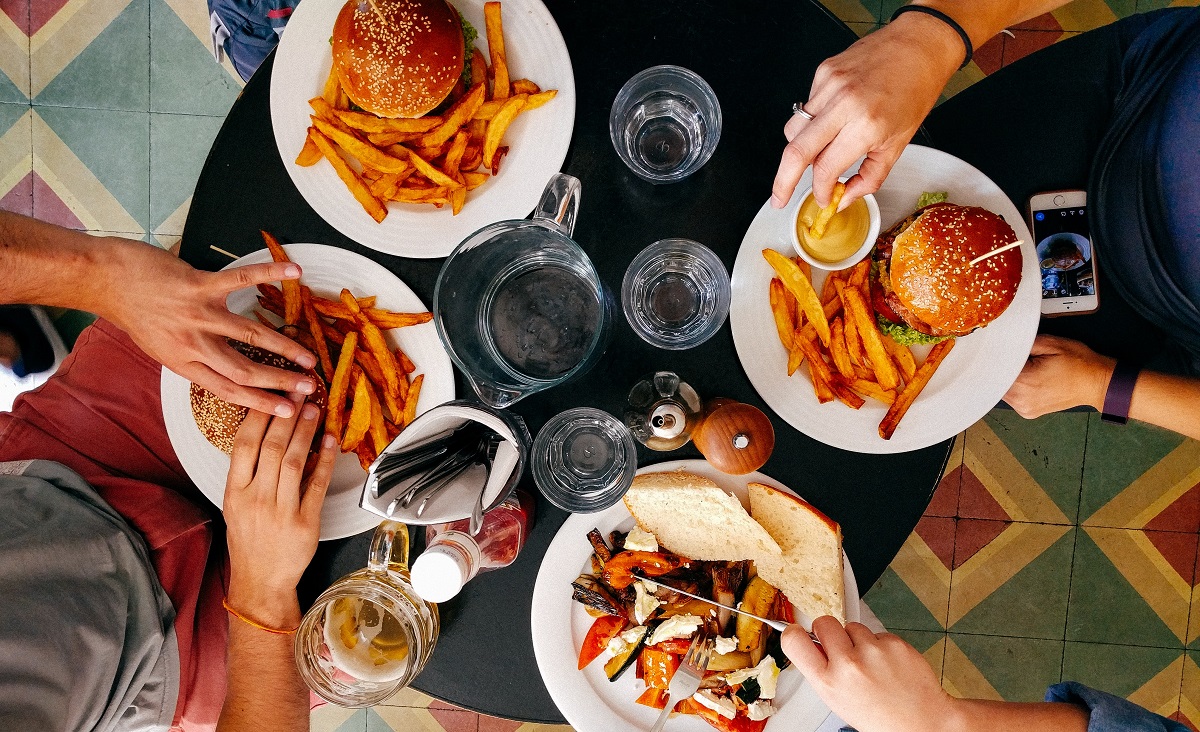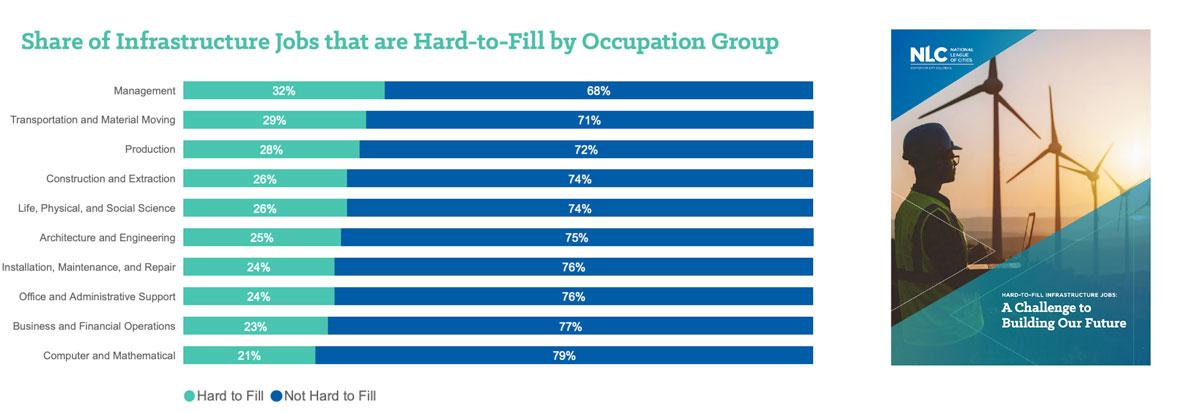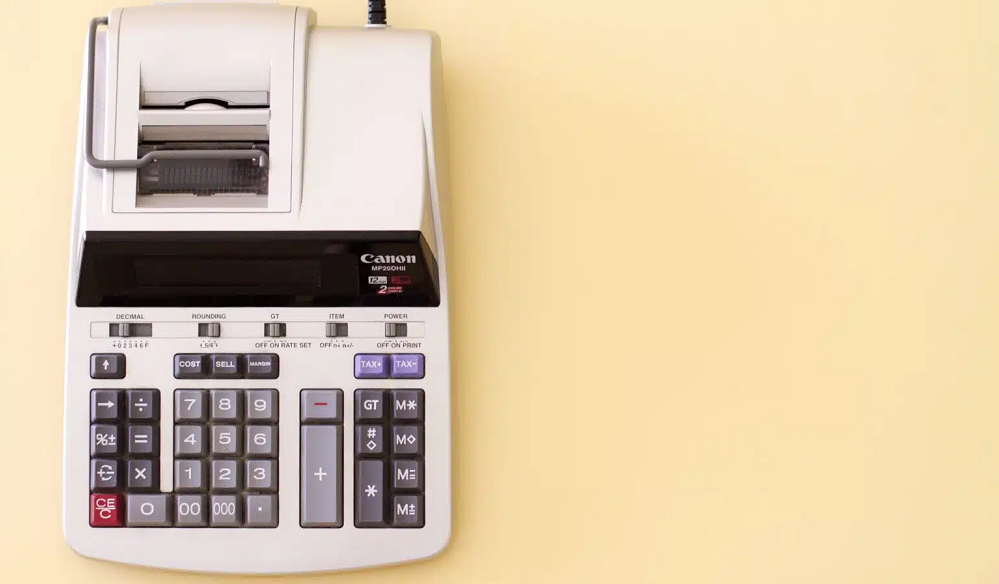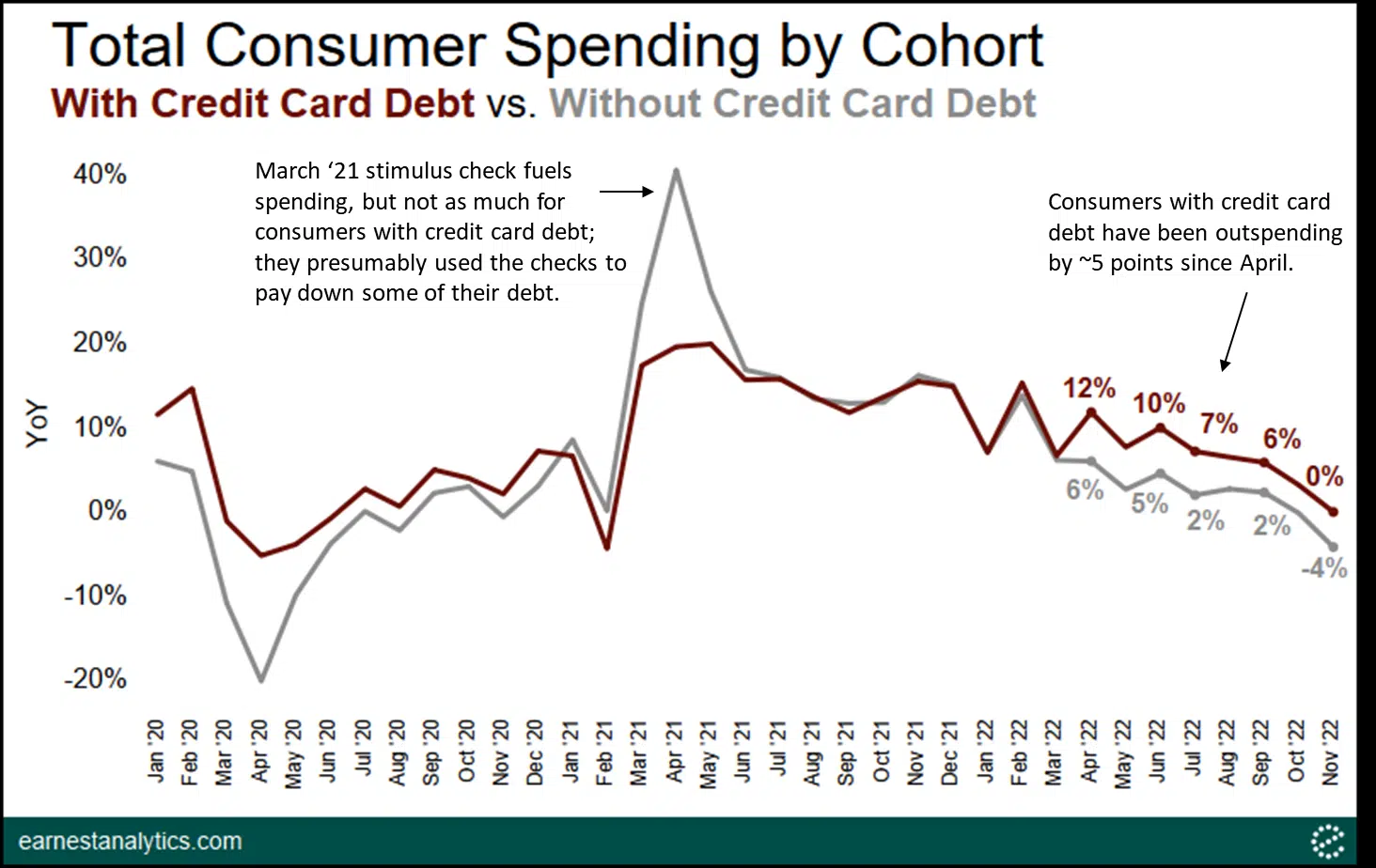
Today, we’ll be focusing on dining – a category that has continued to change regionally, nationally, by category, even by meal time. With the nation still in what we’re calling a traffic Summer Slump, restaurants are reacting in real time to manage official guidelines and the safety and preferences of diners.
The stall – or slump – in reemergence remains visible in our latest analysis.

Aside from the July 4th spike, traffic is astoundingly flat. The Summer Slump shares much in common with the Quarantine Routine. Our case numbers aren’t good and foot traffic is flat. Hopefully our adjusted behaviors (remember: traffic did shift significantly coming out of the Reemergence Ramp) make a difference and we can nudge cautiously forward once again.
Major Trends in Post-COVID Dining
Our team has been hard at work preparing for our upcoming dining webinar. We’ve been looking at this dynamic industry from multiple angles, digging into questions we’d previously saved for later stages of reemergence. While there’s still a lot unknown, a few major trends are taking shape that we feel are valuable and helpful to share.
1. Breakfast Is a Missing Meal
The morning commute is largely gone as many work from home and offices remain closed. Streets are less clogged, subways are empty, and restaurants miss the coffee rush they once enjoyed:

Across the entire fast food and coffee sector, the share of traffic during the 7am to 9am time period is down by a quarter. When we look at coffee shops in particular, the absence is even more noticeable:

The share of visits to Dunkin’ Donuts during the 7am hour is down 36%. Lunch is the new peak time for coffee shops in America. This isn’t to say we’re abstaining from breakfast and/or caffeine. Cold brew sales are a bright spot in beverage sales (for when we need our fix now) and we’re only now exiting the whipped coffee fad (for when we’re bored and need to treat ourselves).
Coffee shops can’t count on the return of breakfast anytime soon. Offices remain closed for the foreseeable future (Google just announced WFH until at least next Summer), keeping many commuters at home. To survive or thrive this year, coffee shops will need to innovate or shift to different occasions or services, embracing the lunchtime rush or finding new roles to fill. Dunkin’ isn’t staying still: in early May they launched donut decorating kits to lure in parents. Such quick execution is impressive for the category, which brings us to our second learning…
2. Adapt to Our New Normal to Maintain Gains
The dining industry has been subject to some of the greatest pressures during the COVID era, but those pressures have not been evenly distributed. The three categories we closely track — fast food, fast casual (think Chipotle or Panera), and casual (TGI Fridays or the Cheesecake Factory) — found themselves facing vastly different challenges during the Quarantine Routine. Here’s a chart we used at the time to illustrate the differences:


As we wrote nearly a lifetime four months ago:
There are a few reasons for the stratification of the dining categories in the chart above:
In April, when we made that first chart, casual dining businesses were faced with a difficult choice. Unlike fast food and fast casual restaurants, nearly all their revenues were derived from dine-in customers. Their menus, operation, and workforce had been designed, built, and trained for seated dining. Transitioning to a take-out model, from essentially zero, required massive investment and retooling. And at the time, no one was sure how long COVID and shelter-in-place would stick around. Given their commitments, many casual dining chains decided to take minimal steps to embrace take-out dining.
Fast casual restaurants, on the other hand, were stuck somewhere in the middle. Their menus were built for speed and to allow for takeout, but their business was more reliant on dine-in traffic and office lunches than fast food restaurants. Further, they lacked the drive-thru infrastructure which provided the lowest-touch option, so critical in those early days. They had less of a decision to make compared to their casual brethren: their food already worked to-go and staff had few changes to make to accommodate low-touch pick up. Marketing would just have to work overtime to remind customers that fast casual was as relevant as fast food in the social distance era.
So, how did it all play out?

Both categories ended the Reemergence Ramp nearly tied. However, what happened before and after that tie is troubling for casual dining chains, especially if the Summer Slump extends into Fall.
The first thing to notice is that casual restaurant foot traffic only picked up when dining rooms reopened, around May 1st. Georgia was the first, kicking off indoor dining on April 27th. As additional states reopened and customers were more apt to test the waters, casual dining grew faster than fast casual from May onwards, catching up just in time for the Summer Slump to arrive as cases grew across the South.
The other red flag in the chart above is casual dining’s decline as the Summer Slump kicks in. Compare this to fast casual, whose traffic is flat (save a spike for July 4th). Taken together, these two inflections illustrate that most casual dining chains have not adapted to post-COVID life and their decision to wait out the disruption means their fortunes are entirely dependent on case rates, local rules, and customer apprehension.
What the chart above doesn’t show is how significantly fast casual’s business has adapted to our new normal. To see this, check out these figures regarding time spent in each category:

Where casual dining regains visits, visit duration increases significantly. When the least people were visiting, visits were the shortest (about 9 minutes). But as people were able and willing to dine in, visits increased along with duration, approaching pre-COVID levels.
Fast casual has recovered more traffic than casual dining without increasing visit durations. Before COVID, the average fast casual visit was about 17 minutes. During the Quarantine Routine it fell by more than half to about 7, but it’s stayed closer to this minimum as restaurants have staged their recovery.
This is part of why fast casual dining hasn’t dropped during the Summer Slump. Fast casual restaurants have built up take-out businesses which are much less affected by rising case counts and increased apprehension. The same can’t be said for casual dining, who chose to wait out the storm in pursuit of returning to business as usual.
To thrive during COVID, it pays to pivot (especially to cheaper, closer, and safer options, as we’ve covered!). While it can be difficult to make drastic changes, it turns out to be a conservative decision in many ways. A safe play that works both if the storm stays or dissipates early, as we can see in fast casual’s durability during the Summer Slump.
To learn more about the data behind this article and what PlaceIQ has to offer, visit https://www.placeiq.com/.







Sign up to receive our stories in your inbox.
Data is changing the speed of business. Investors, Corporations, and Governments are buying new, differentiated data to gain visibility make better decisions. Don't fall behind. Let us help.













Sign up to receive our stories in your inbox.
Data is changing the speed of business. Investors, Corporations, and Governments are buying new, differentiated data to gain visibility make better decisions. Don't fall behind. Let us help.





